If your kitchen sink faucet is not dispensing water, the first thing you should check is the water supply. Make sure that the water supply to your sink is turned on and that there are no issues with the main water line. Sometimes, the water supply valve may accidentally get turned off, so double check to ensure it is in the correct position. Another common issue with water supply is low water pressure. If you notice low water pressure, this could be a sign of a clogged or damaged pipe. In this case, it is best to call a professional plumber to inspect and fix the issue.Check the water supply
The aerator is a small screen located at the end of your faucet spout that helps to mix air into the water flow. Over time, the aerator can become clogged with debris and mineral deposits, which can affect the flow of water. If your faucet is not dispensing water, try removing the aerator and cleaning it with a mixture of water and vinegar. This should help to remove any buildup and improve the water flow.Check the aerator
The valve is responsible for controlling the flow of water in your faucet. If the valve is damaged or worn out, it can prevent water from coming out of the faucet. To check the valve, you will need to turn off the water supply and remove the handle and cartridge. Inspect the valve for any signs of damage or wear and tear, and replace it if necessary.Check the valve
The cartridge is a crucial component of your kitchen sink faucet, as it controls the mixing of hot and cold water. If the cartridge is damaged or blocked, it can prevent water from coming out of the faucet. To check the cartridge, you will need to turn off the water supply and remove the handle and cartridge. Inspect the cartridge for any signs of damage or blockage, and replace it if necessary.Check the cartridge
The handle of your kitchen sink faucet is the part that you turn to control the water flow. If the handle is loose or damaged, it can affect the water flow and prevent it from coming on. Check the handle for any signs of wear and tear, and tighten or replace it if needed.Check the handle
Another common issue that can prevent water from coming on in your kitchen sink faucet is clogged or damaged pipes. Over time, pipes can become clogged with debris and mineral deposits, or they can become damaged due to wear and tear. If you suspect that your pipes may be the problem, it is best to call a professional plumber to inspect and fix the issue.Check the pipes
If you notice that the water pressure in your kitchen sink faucet is low, this could be a sign of a larger issue. Low water pressure can indicate a clogged or damaged pipe, a faulty pressure regulator, or a problem with the water supply. It is best to call a professional plumber to diagnose and fix the issue.Check the pressure
The connections between the faucet and the water supply can also be a culprit for water not coming on. Over time, these connections can become loose or damaged, which can affect the water flow. Check the connections and tighten or replace them if necessary.Check the connections
There is usually a shut-off valve located under the sink that controls the water supply to the faucet. If this valve is accidentally turned off, it will prevent water from coming on in the faucet. Make sure to check the shut-off valve and ensure it is in the correct position.Check the shut-off valve
The diverter is responsible for directing water to either the faucet or the sprayer in a kitchen sink. If the diverter is clogged or damaged, it can prevent water from coming out of the faucet. To check the diverter, you will need to remove the faucet head and inspect the diverter for any issues. If necessary, clean or replace the diverter to restore water flow.Check the diverter
Troubleshooting Your Kitchen Sink Faucet When Water is Not Coming On

Check the Water Supply
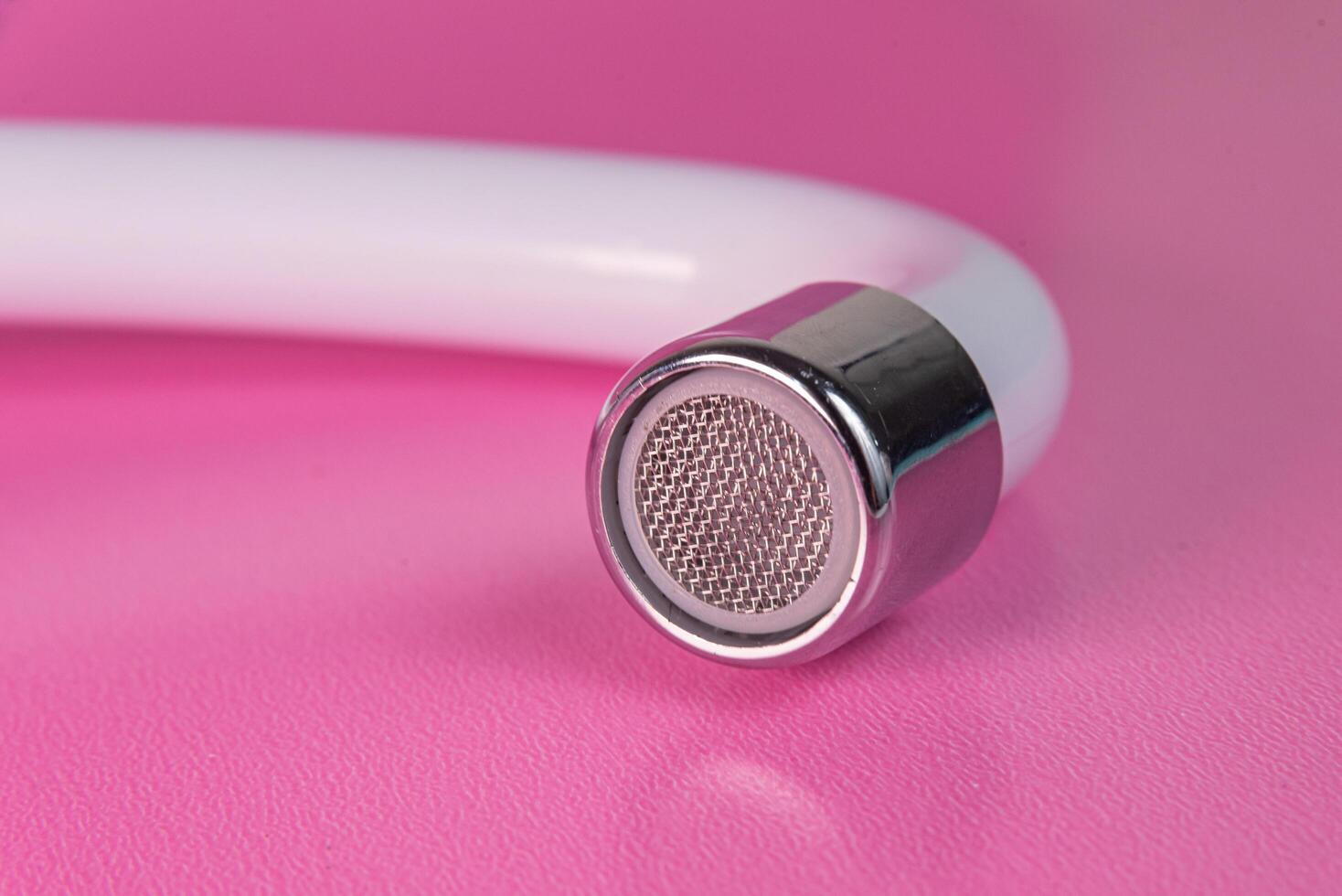 One of the most common reasons for a kitchen sink faucet not turning on is a problem with the water supply. Before you start searching for more complex issues, make sure that the water supply to the faucet is turned on. This may seem obvious, but it's a common mistake that can easily be overlooked. If the water supply is turned off, simply turn it back on and check if the faucet is working properly.
One of the most common reasons for a kitchen sink faucet not turning on is a problem with the water supply. Before you start searching for more complex issues, make sure that the water supply to the faucet is turned on. This may seem obvious, but it's a common mistake that can easily be overlooked. If the water supply is turned off, simply turn it back on and check if the faucet is working properly.
Inspect the Aerator
 The aerator is a small mesh screen at the end of your faucet that helps regulate the flow of water and prevent splashing. Over time, it can become clogged with mineral deposits, debris, or rust, which can block the water from flowing properly. To clean the aerator, remove it from the faucet and soak it in a solution of equal parts water and vinegar for about an hour. Then, use a toothbrush to scrub away any remaining build-up before rinsing it off and reattaching it to the faucet.
The aerator is a small mesh screen at the end of your faucet that helps regulate the flow of water and prevent splashing. Over time, it can become clogged with mineral deposits, debris, or rust, which can block the water from flowing properly. To clean the aerator, remove it from the faucet and soak it in a solution of equal parts water and vinegar for about an hour. Then, use a toothbrush to scrub away any remaining build-up before rinsing it off and reattaching it to the faucet.
Check the Cartridge or Valve
 If the aerator is not the issue, the problem may lie within the faucet's cartridge or valve. These components control the flow of water through the faucet and can become damaged or worn out over time. To check if this is the case, turn off the water supply and disassemble the faucet. Inspect the cartridge or valve for any cracks, wear and tear, or debris that may be blocking the water flow. If you notice any issues, replace the damaged component with a new one.
If the aerator is not the issue, the problem may lie within the faucet's cartridge or valve. These components control the flow of water through the faucet and can become damaged or worn out over time. To check if this is the case, turn off the water supply and disassemble the faucet. Inspect the cartridge or valve for any cracks, wear and tear, or debris that may be blocking the water flow. If you notice any issues, replace the damaged component with a new one.
Call a Professional
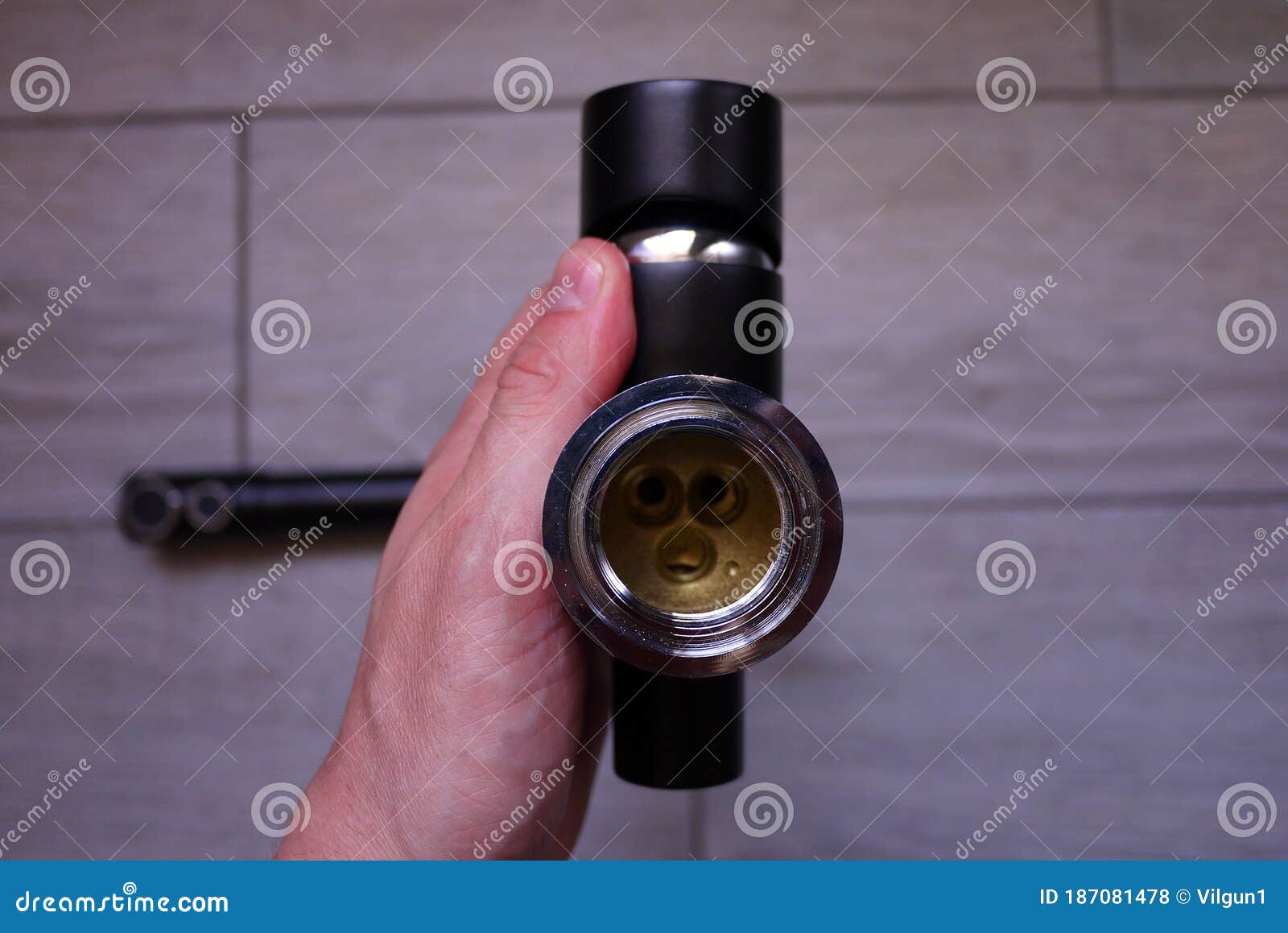 If you've tried the above steps and the water still isn't coming on, it may be time to call a professional plumber. They will have the expertise and tools necessary to diagnose and fix more complex issues with your kitchen sink faucet. It's always best to address any problems with your faucet as soon as possible to prevent further damage and avoid costly repairs in the future.
If you've tried the above steps and the water still isn't coming on, it may be time to call a professional plumber. They will have the expertise and tools necessary to diagnose and fix more complex issues with your kitchen sink faucet. It's always best to address any problems with your faucet as soon as possible to prevent further damage and avoid costly repairs in the future.
In Conclusion
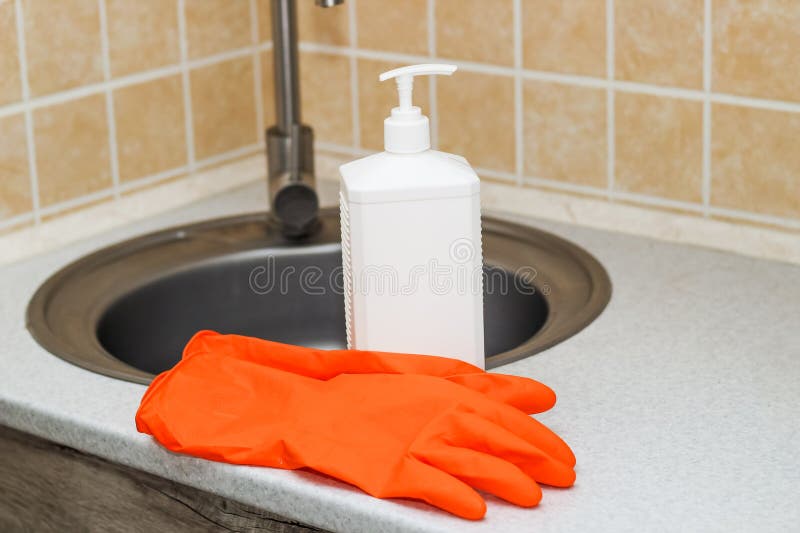 A kitchen sink faucet not turning on can be a frustrating and inconvenient problem to deal with. However, by checking the water supply, cleaning the aerator, inspecting the cartridge or valve, and calling a professional if needed, you can troubleshoot and resolve the issue. With a little patience and effort, your kitchen faucet will be running smoothly again in no time.
A kitchen sink faucet not turning on can be a frustrating and inconvenient problem to deal with. However, by checking the water supply, cleaning the aerator, inspecting the cartridge or valve, and calling a professional if needed, you can troubleshoot and resolve the issue. With a little patience and effort, your kitchen faucet will be running smoothly again in no time.
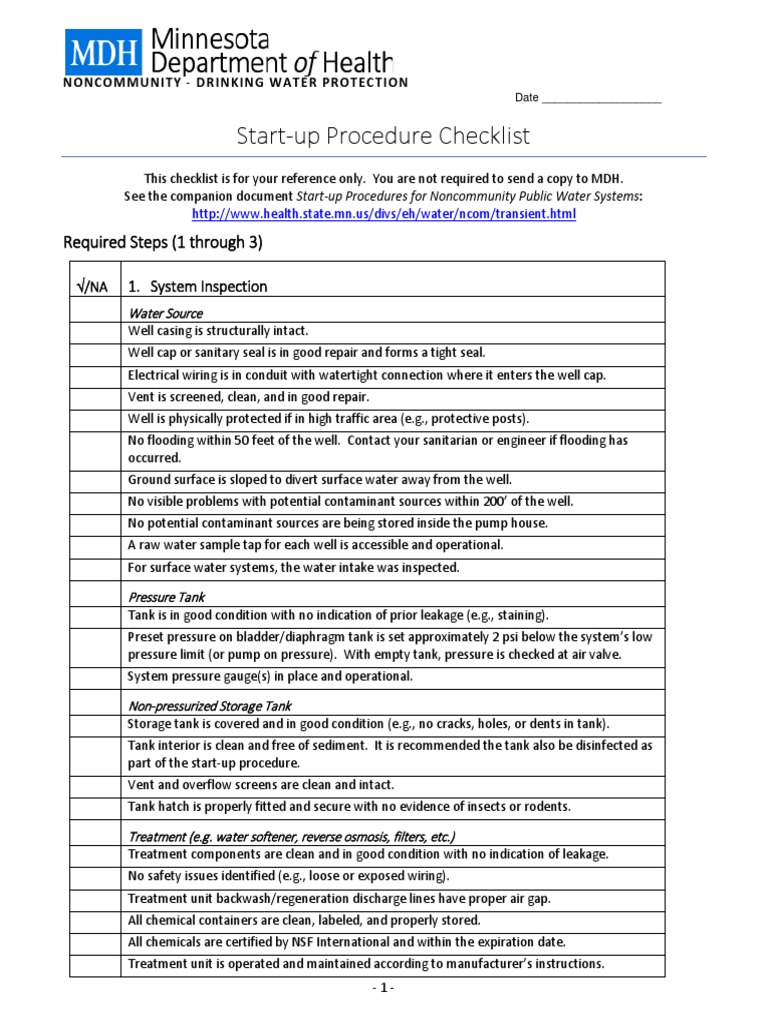

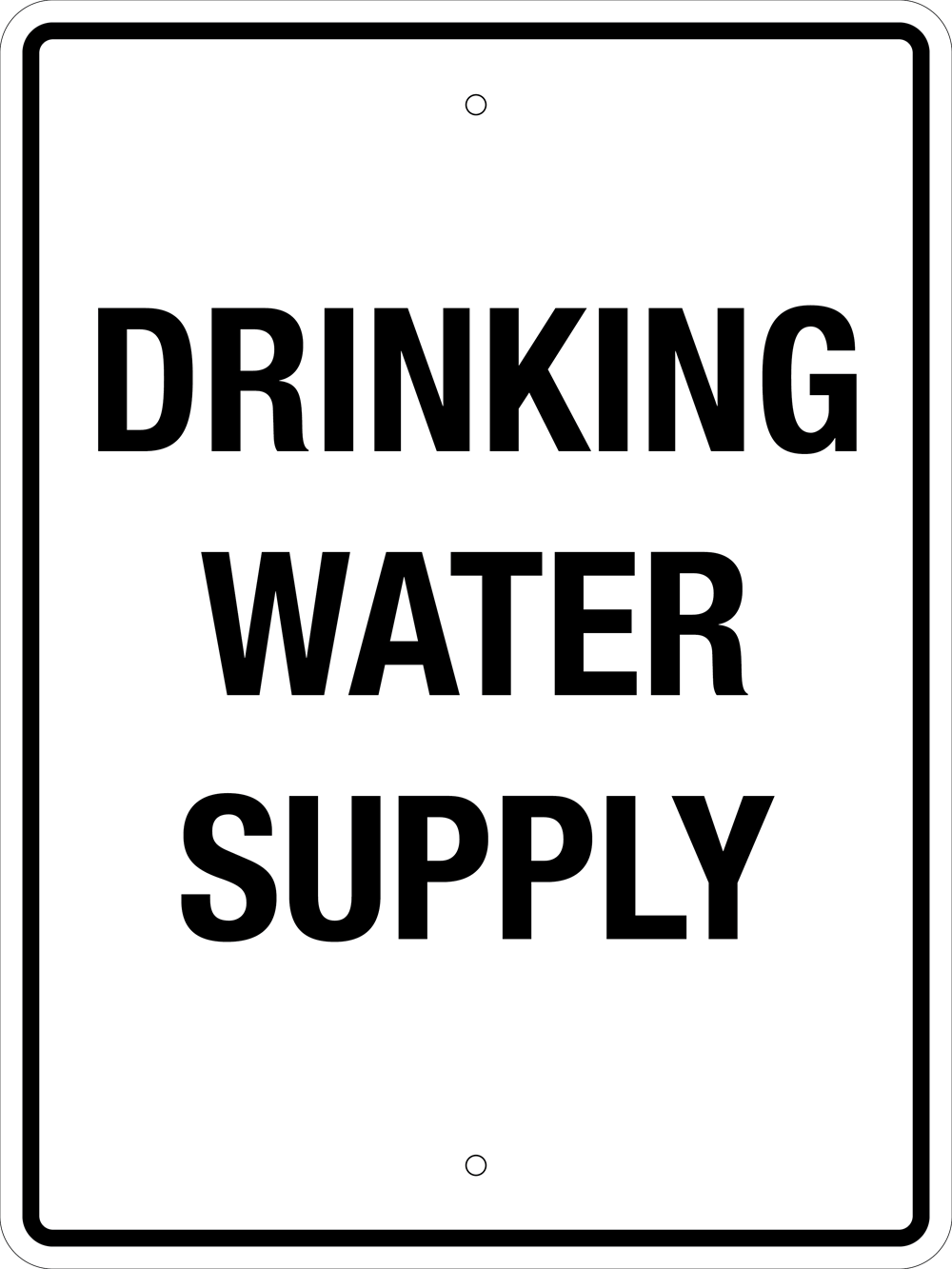
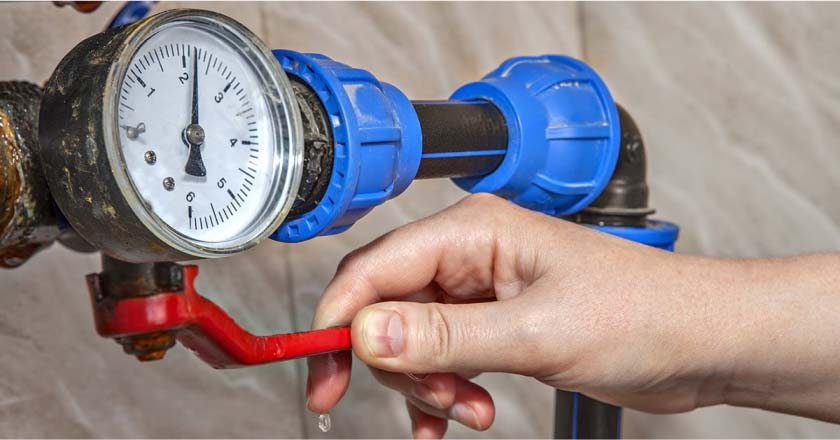
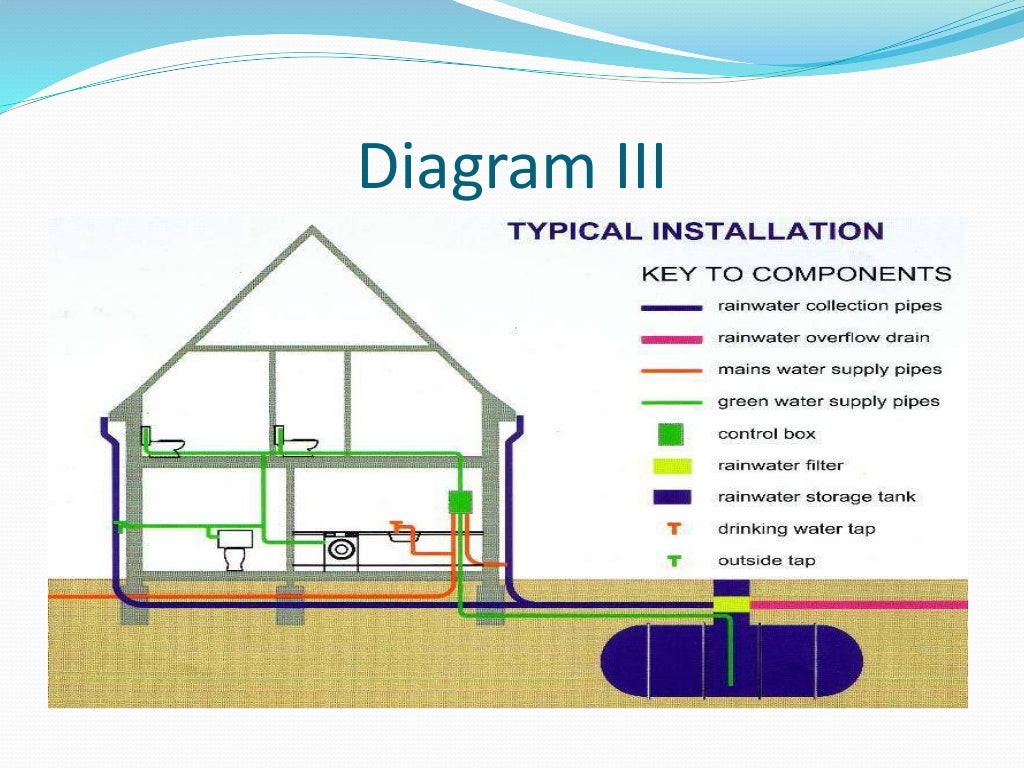



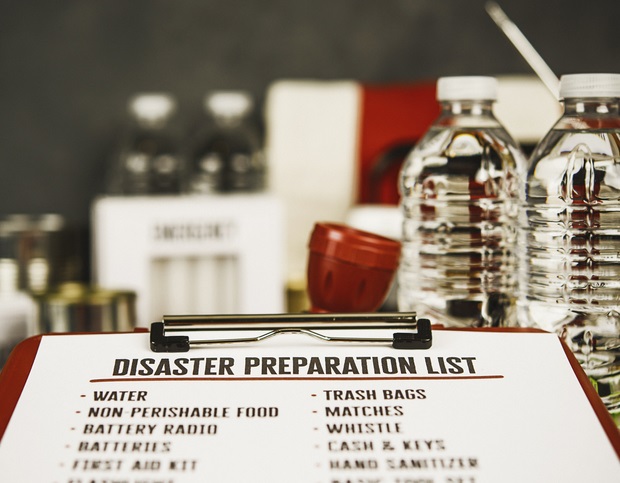













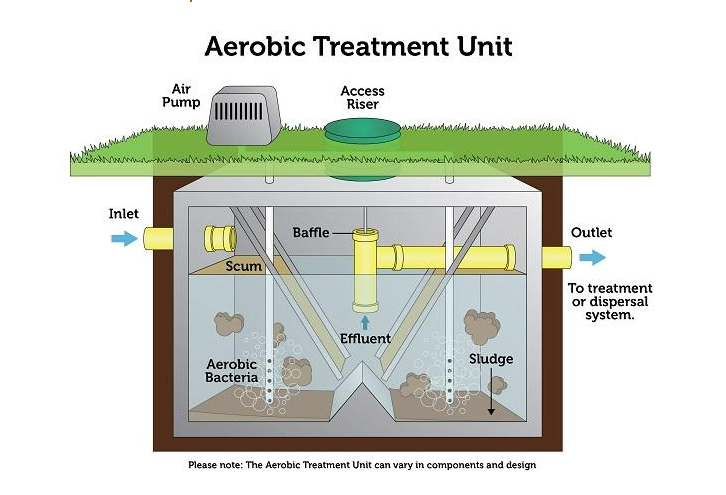

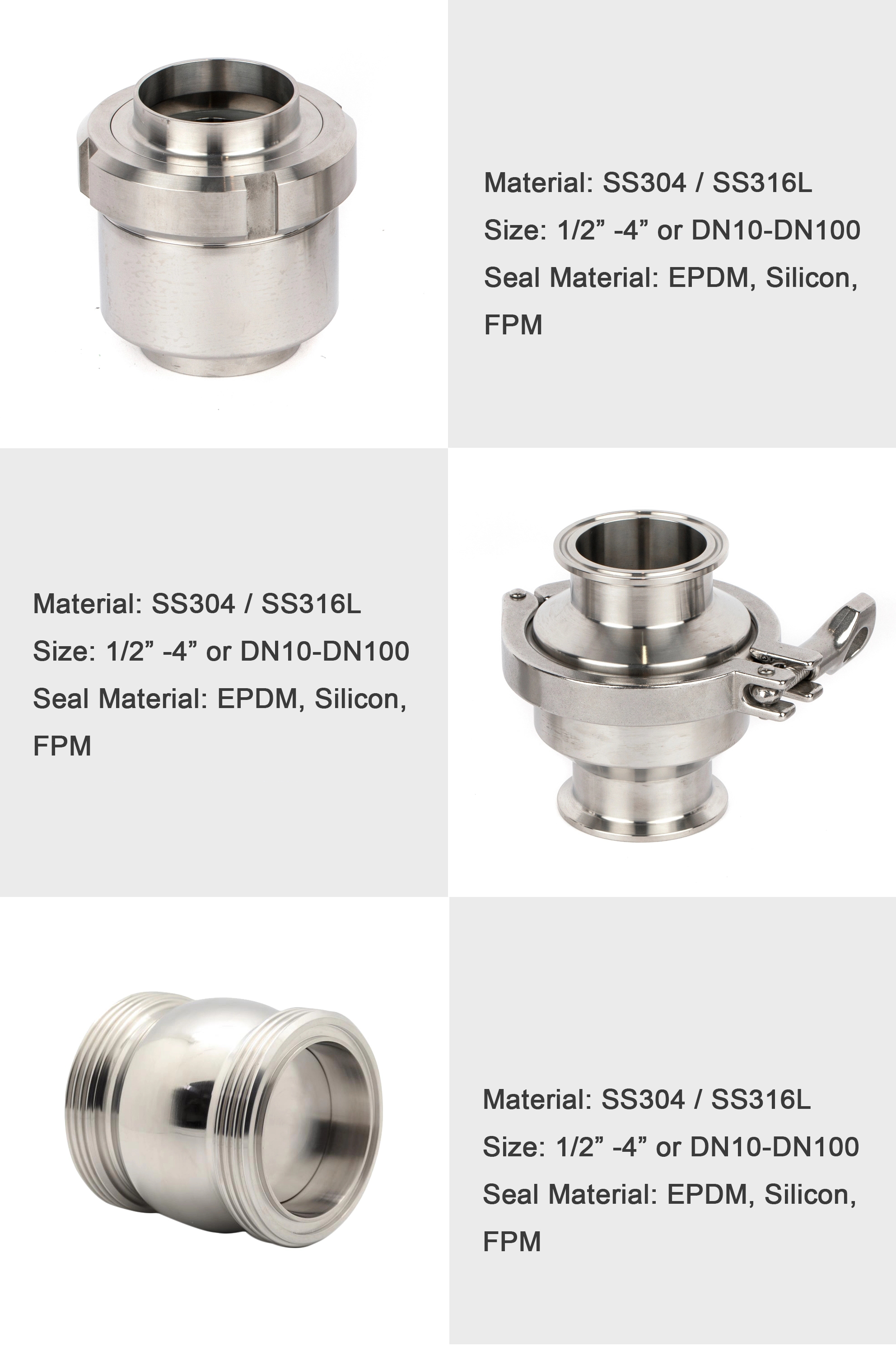
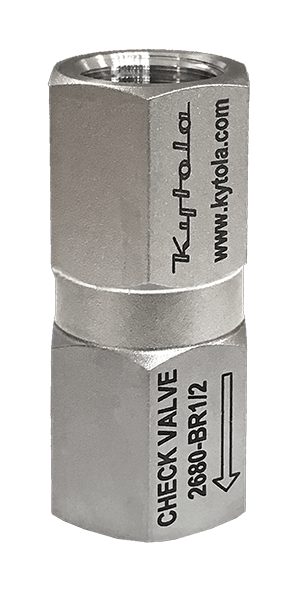
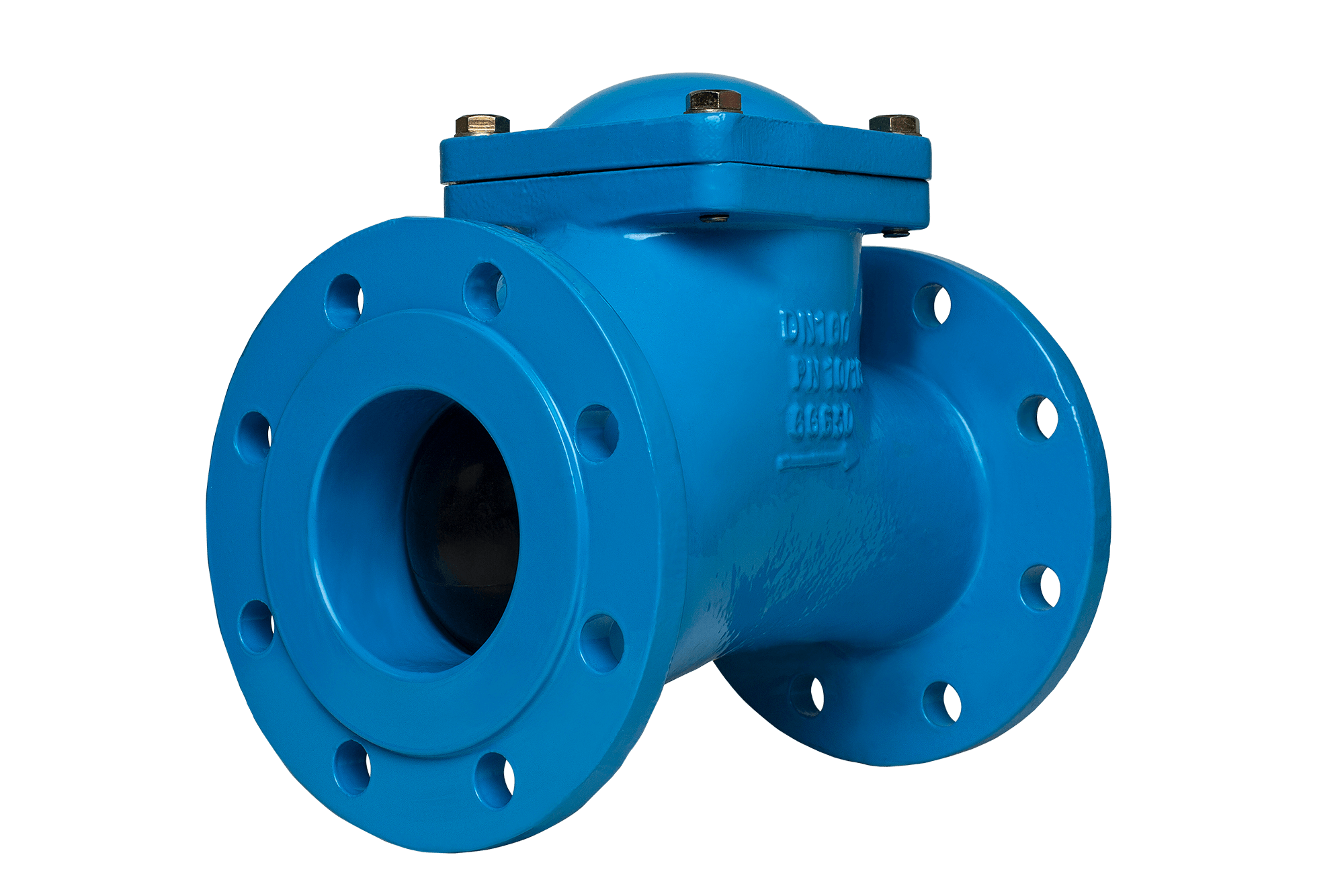

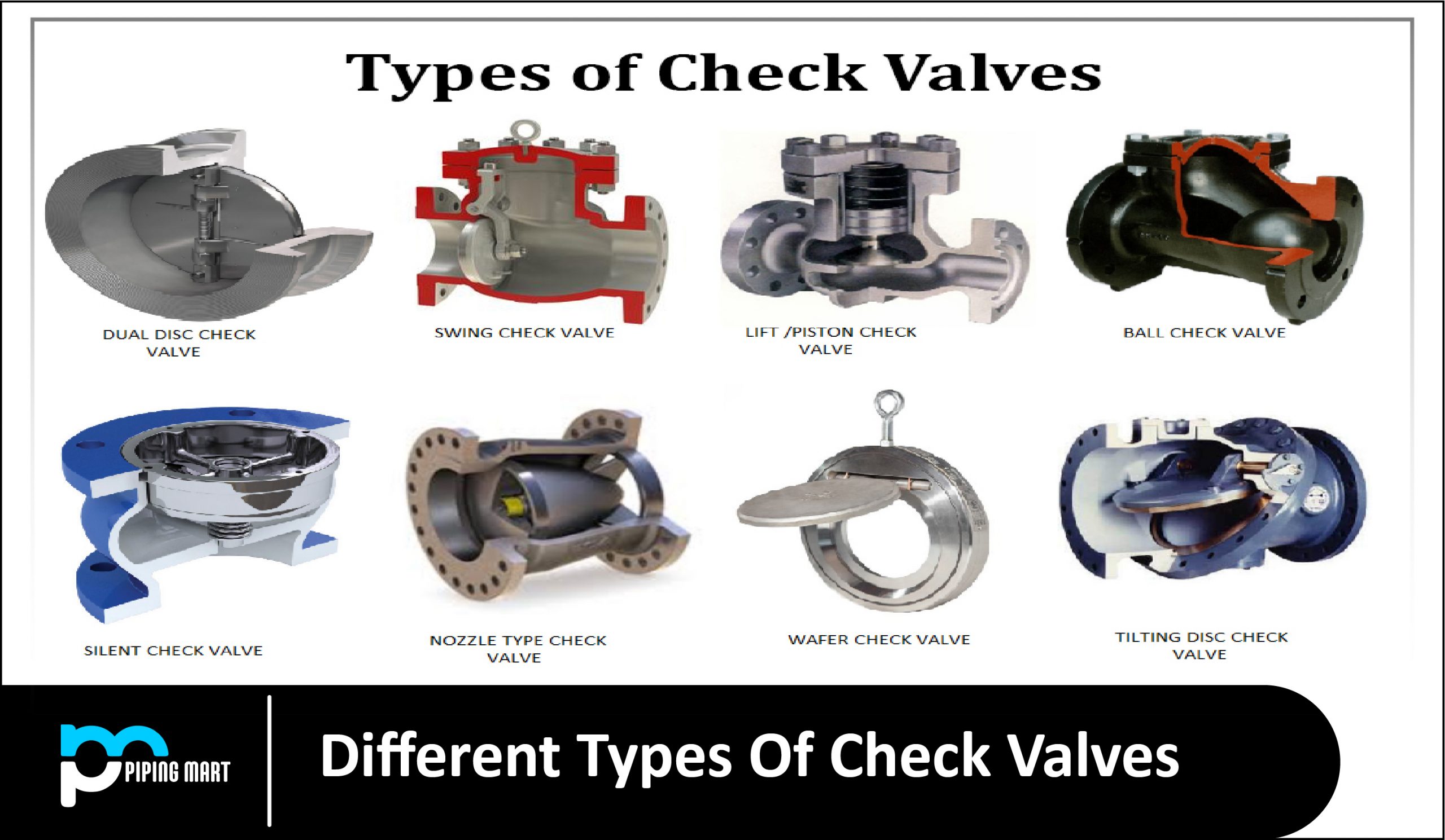
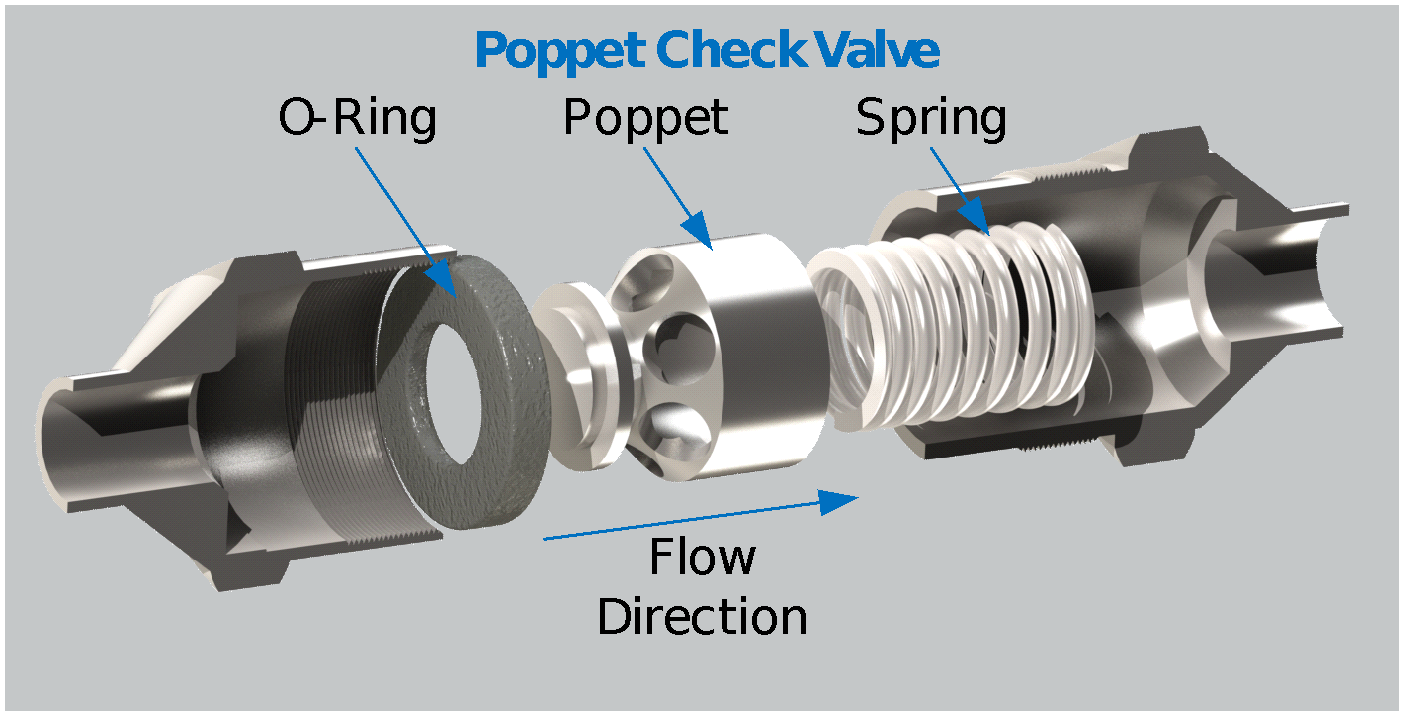
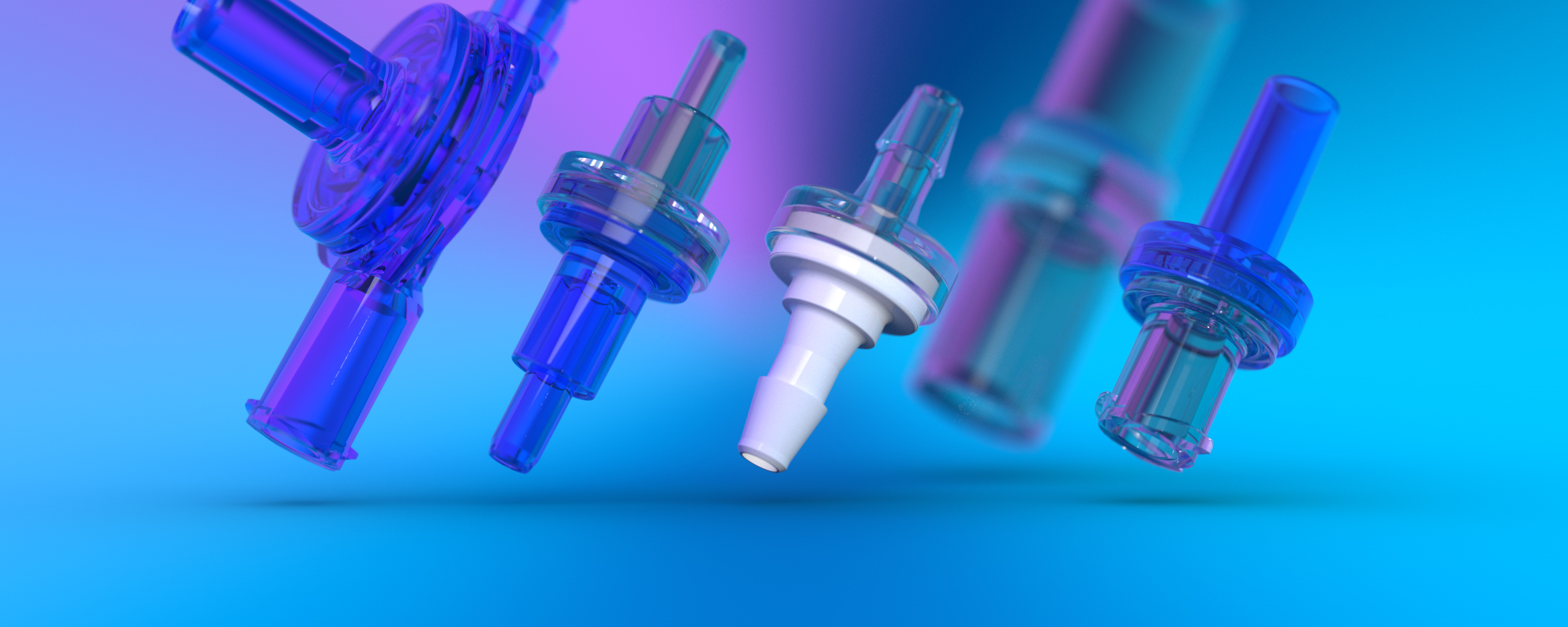
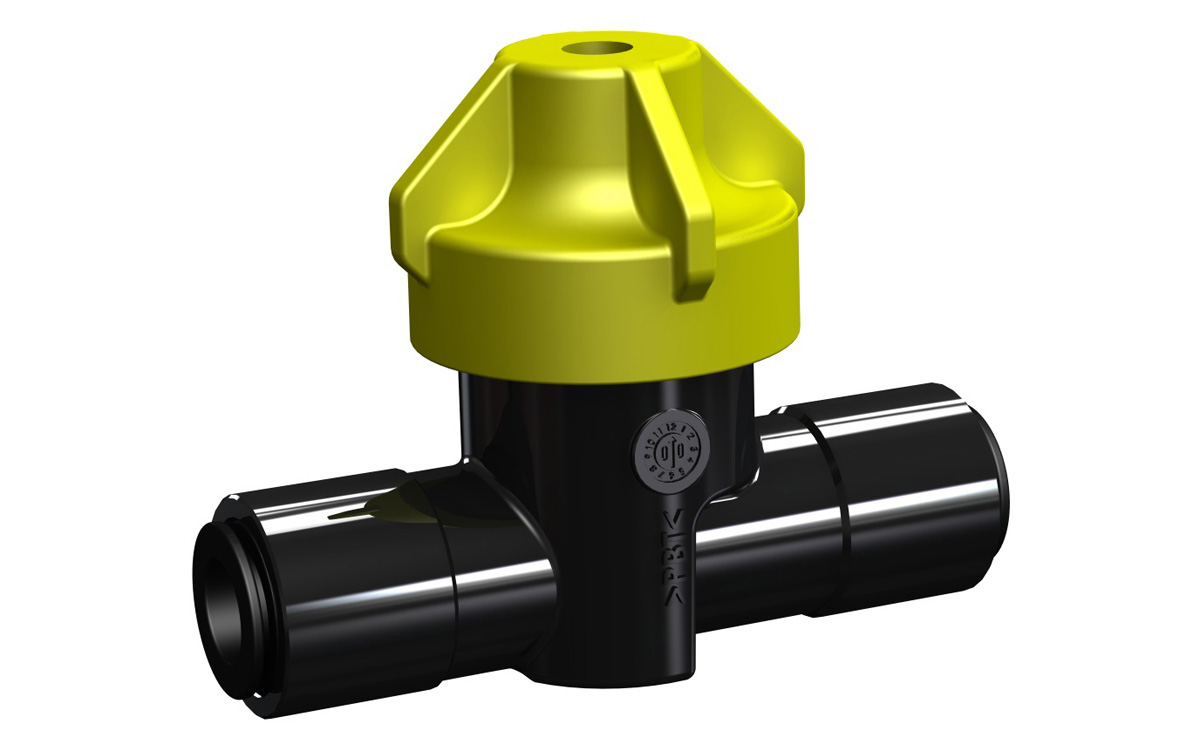


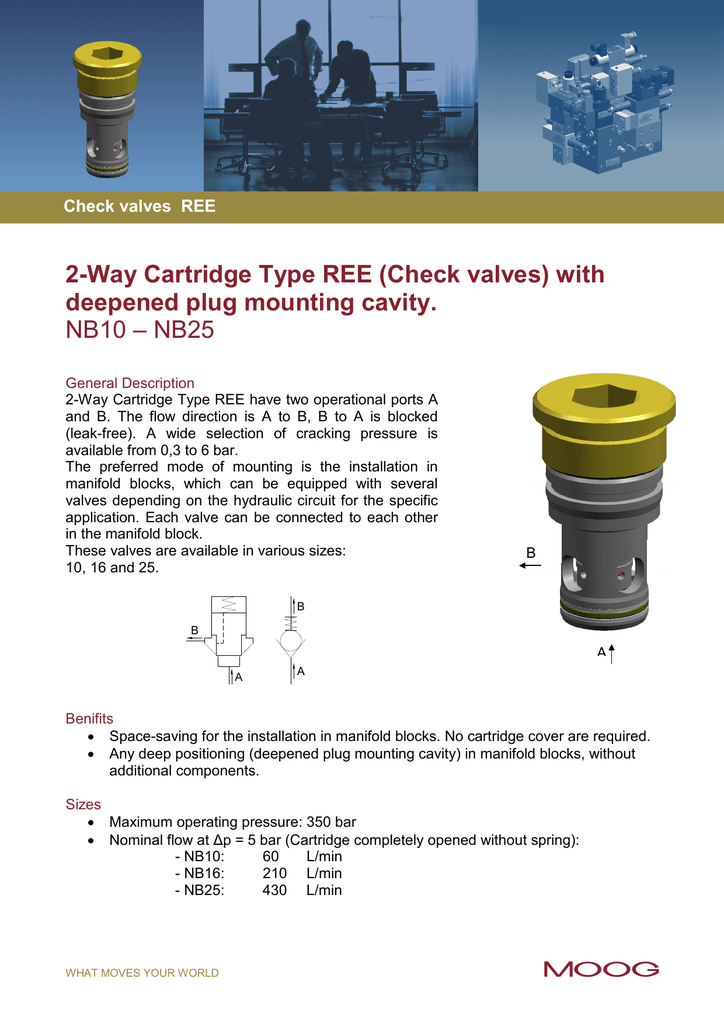





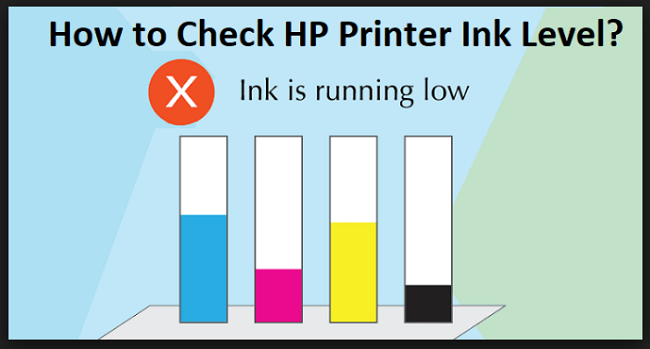
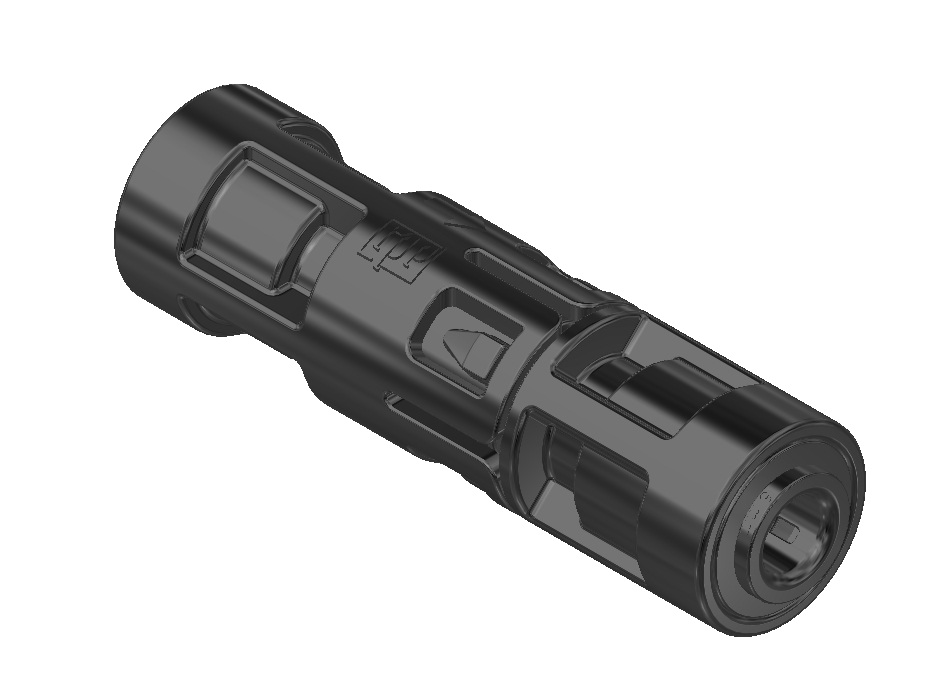
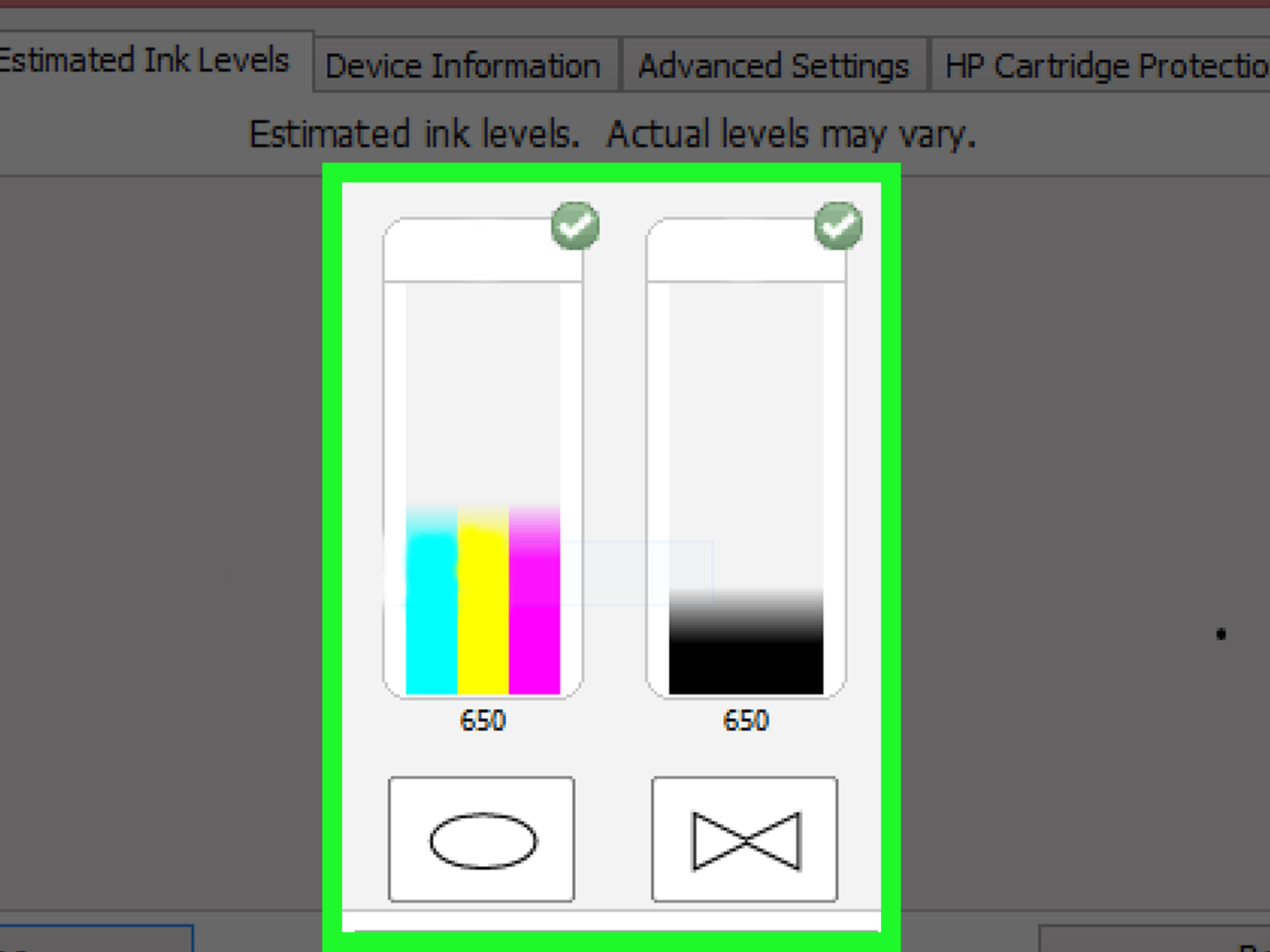





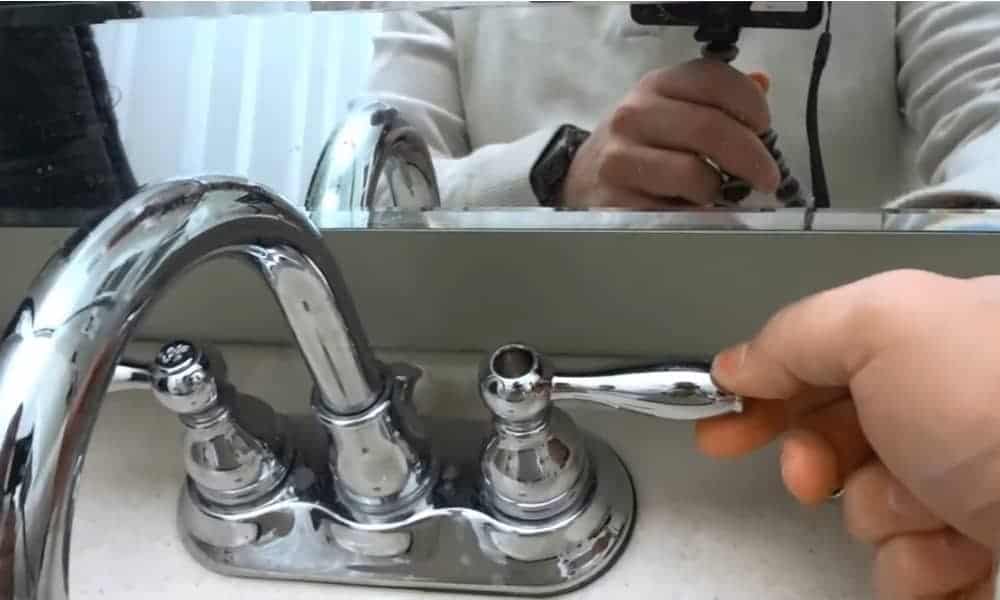
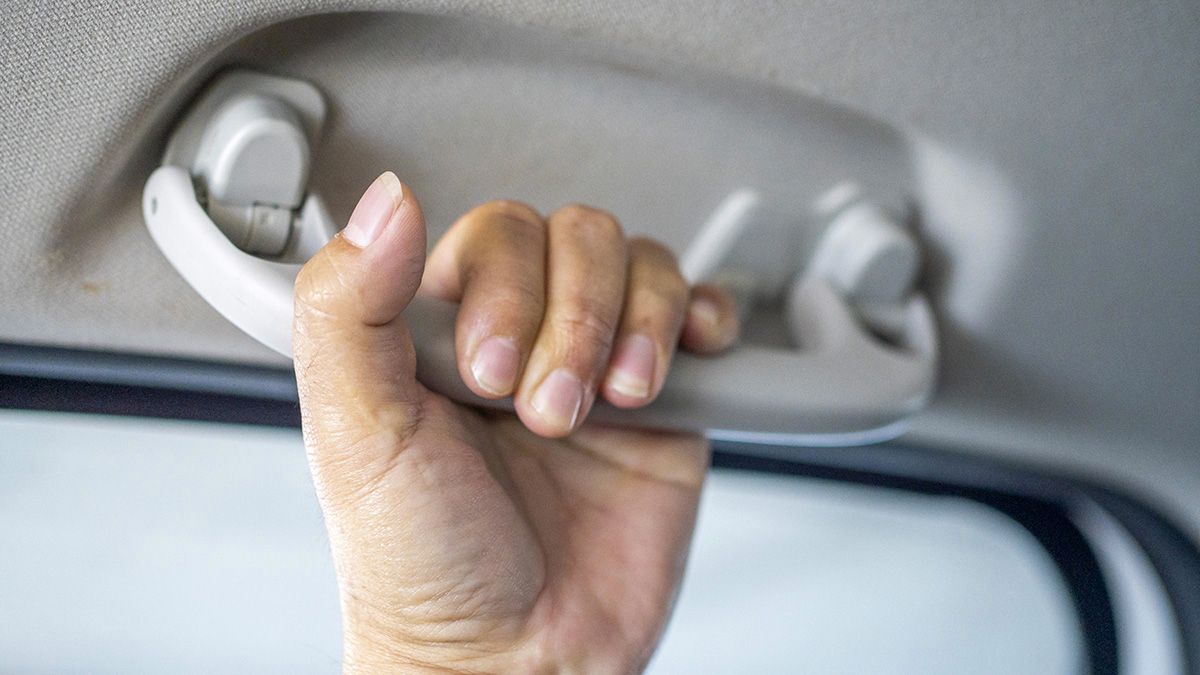
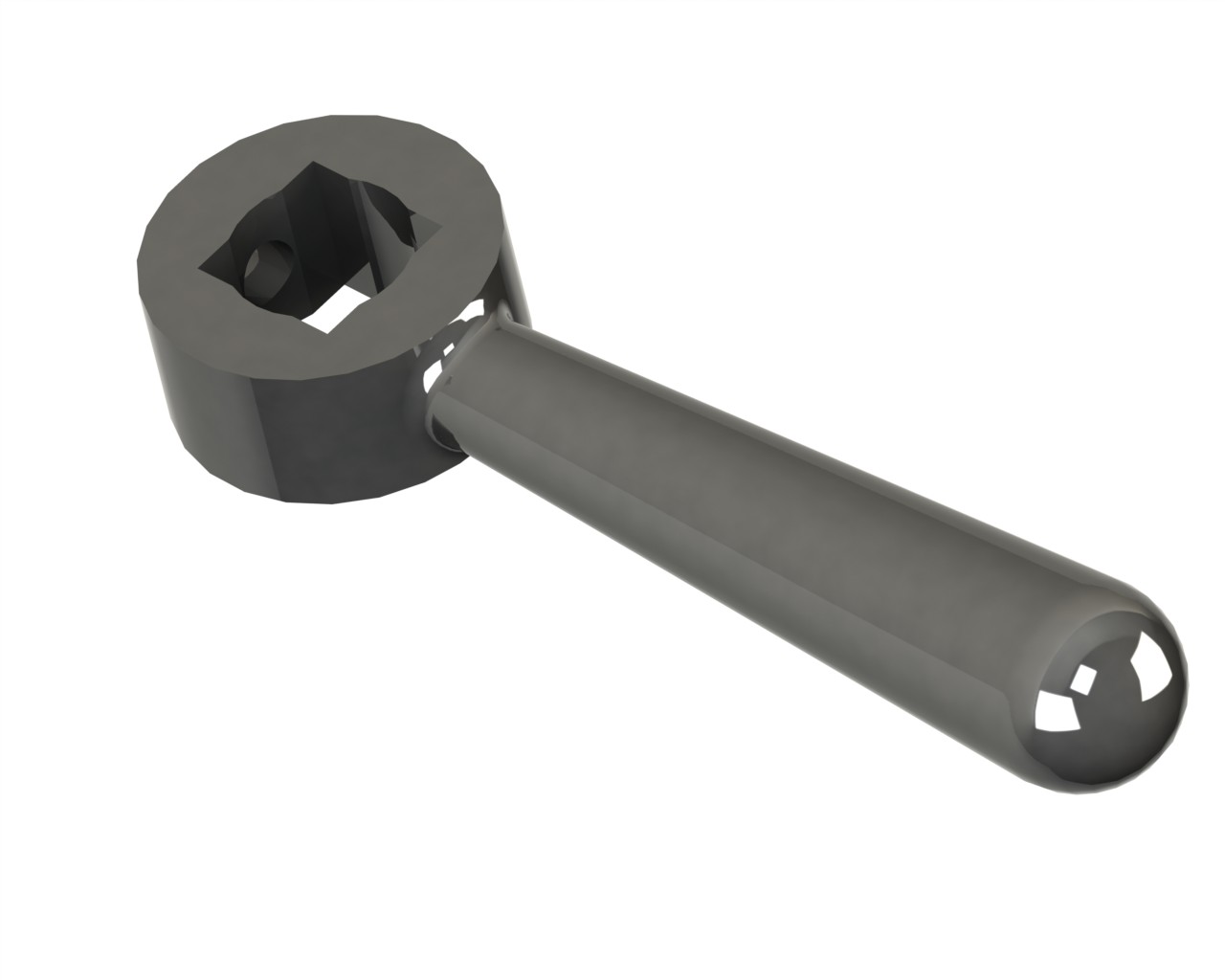
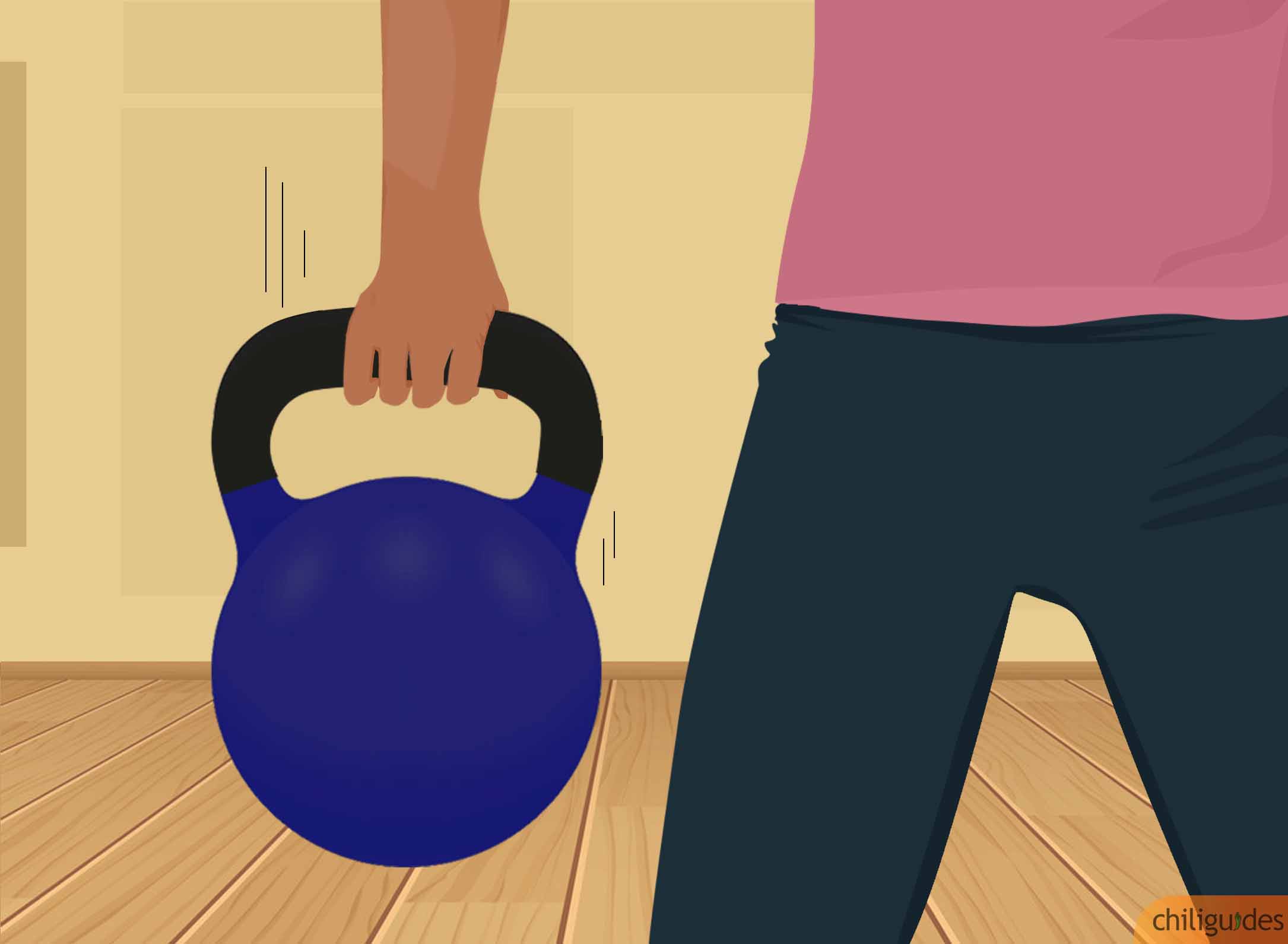


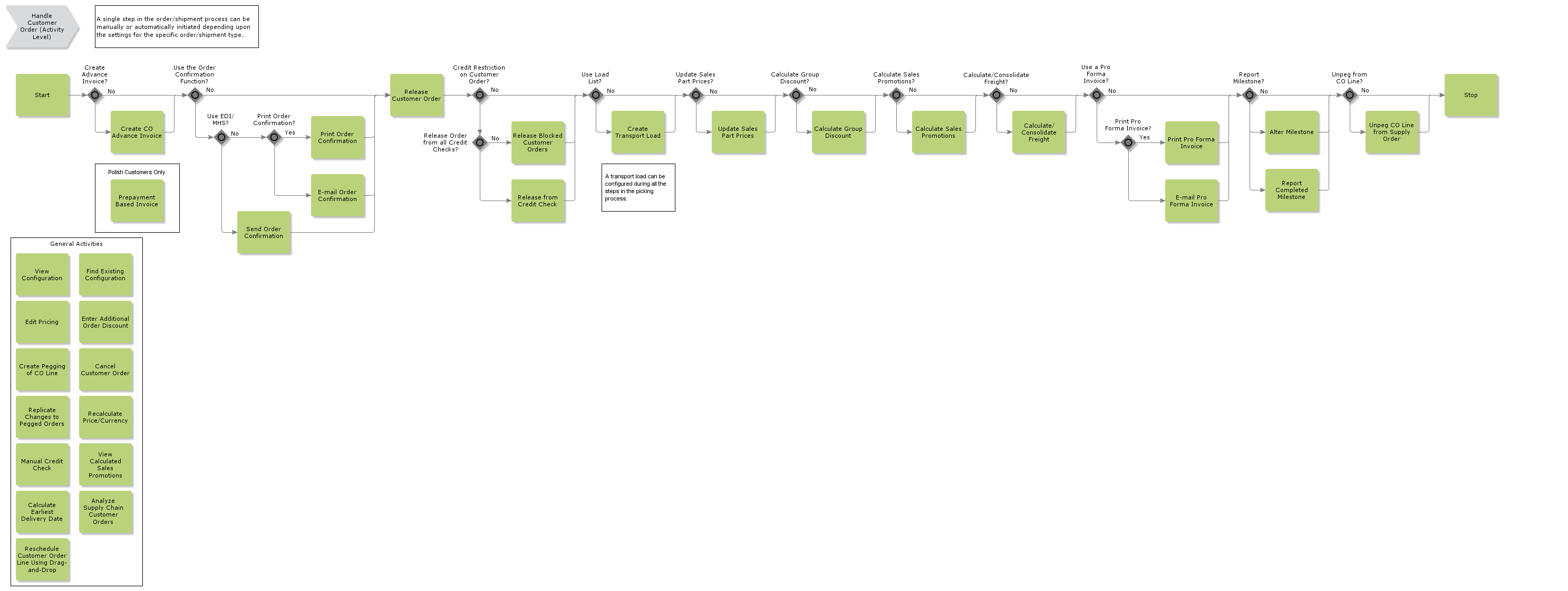







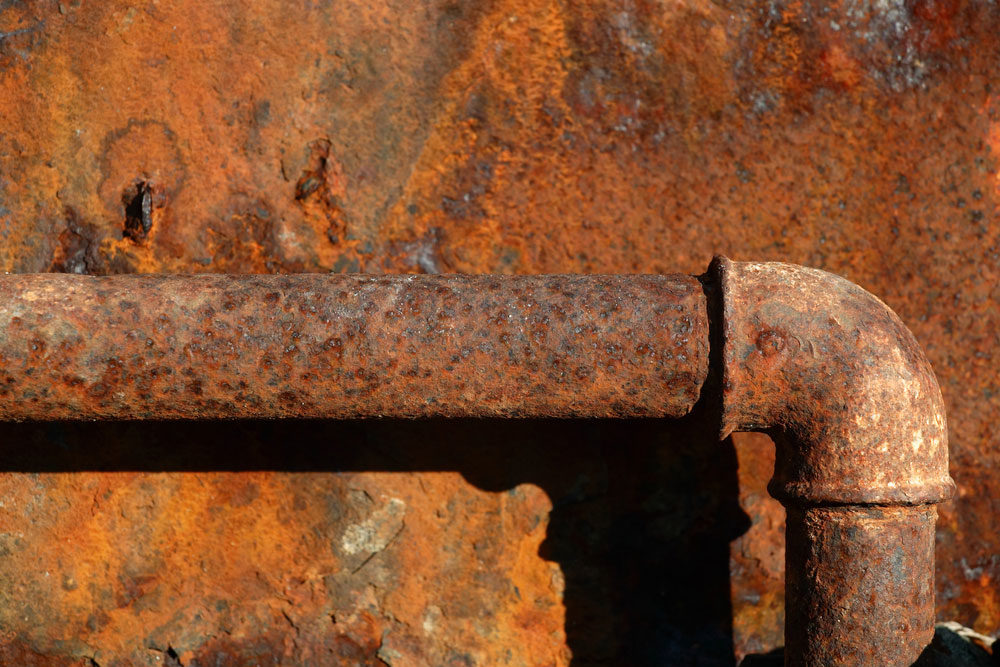








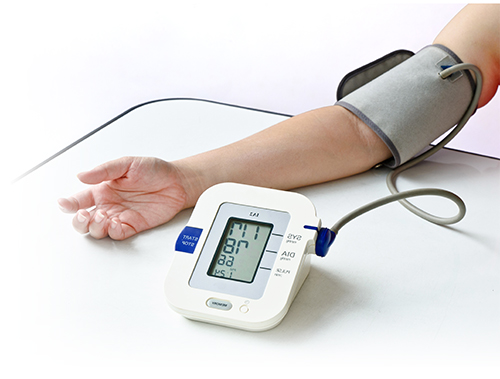

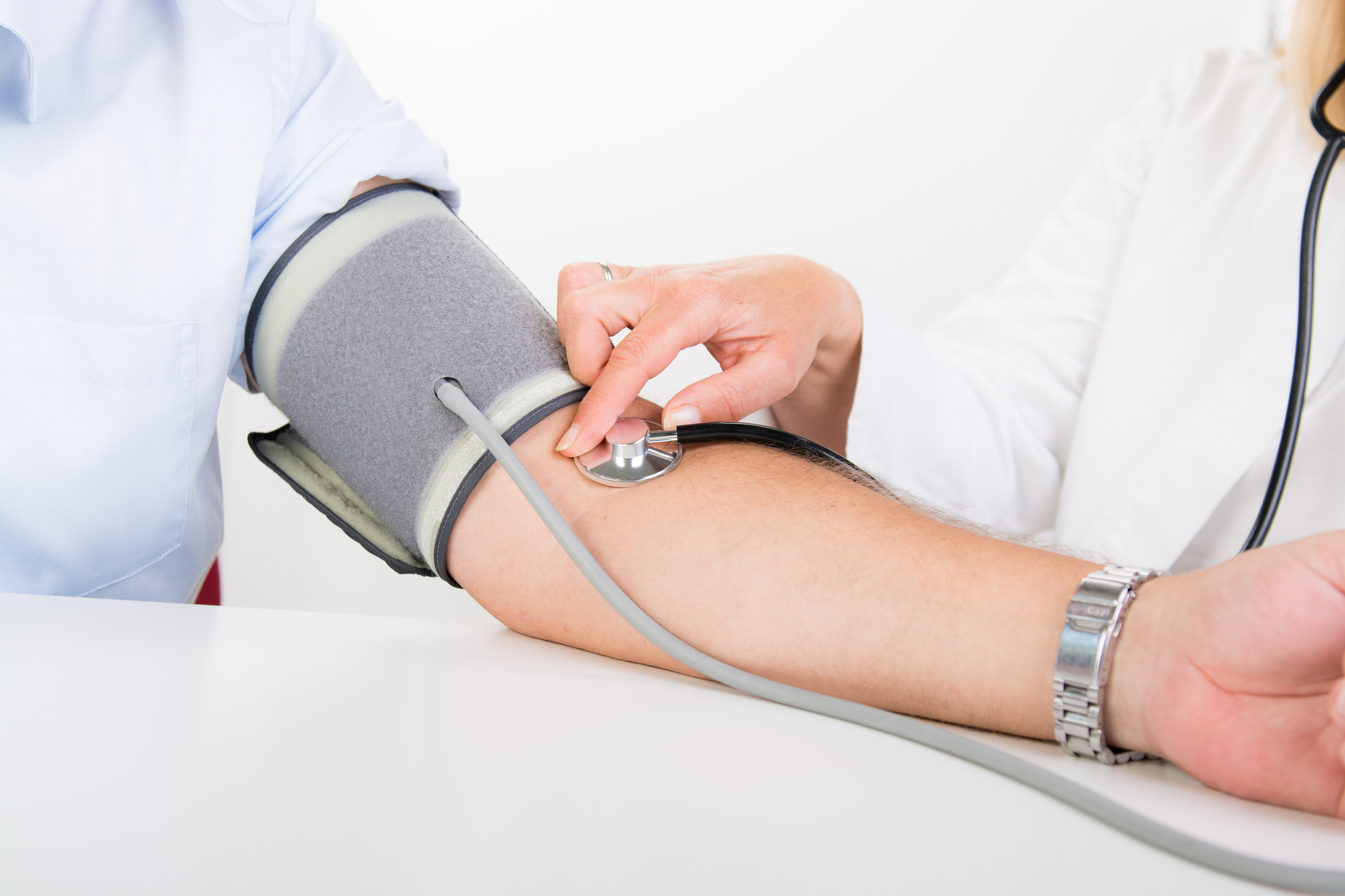
.jpg)


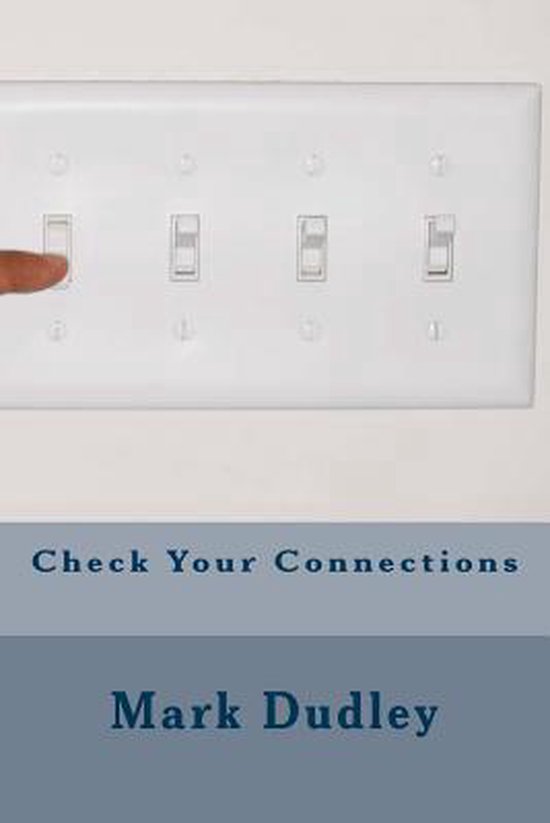




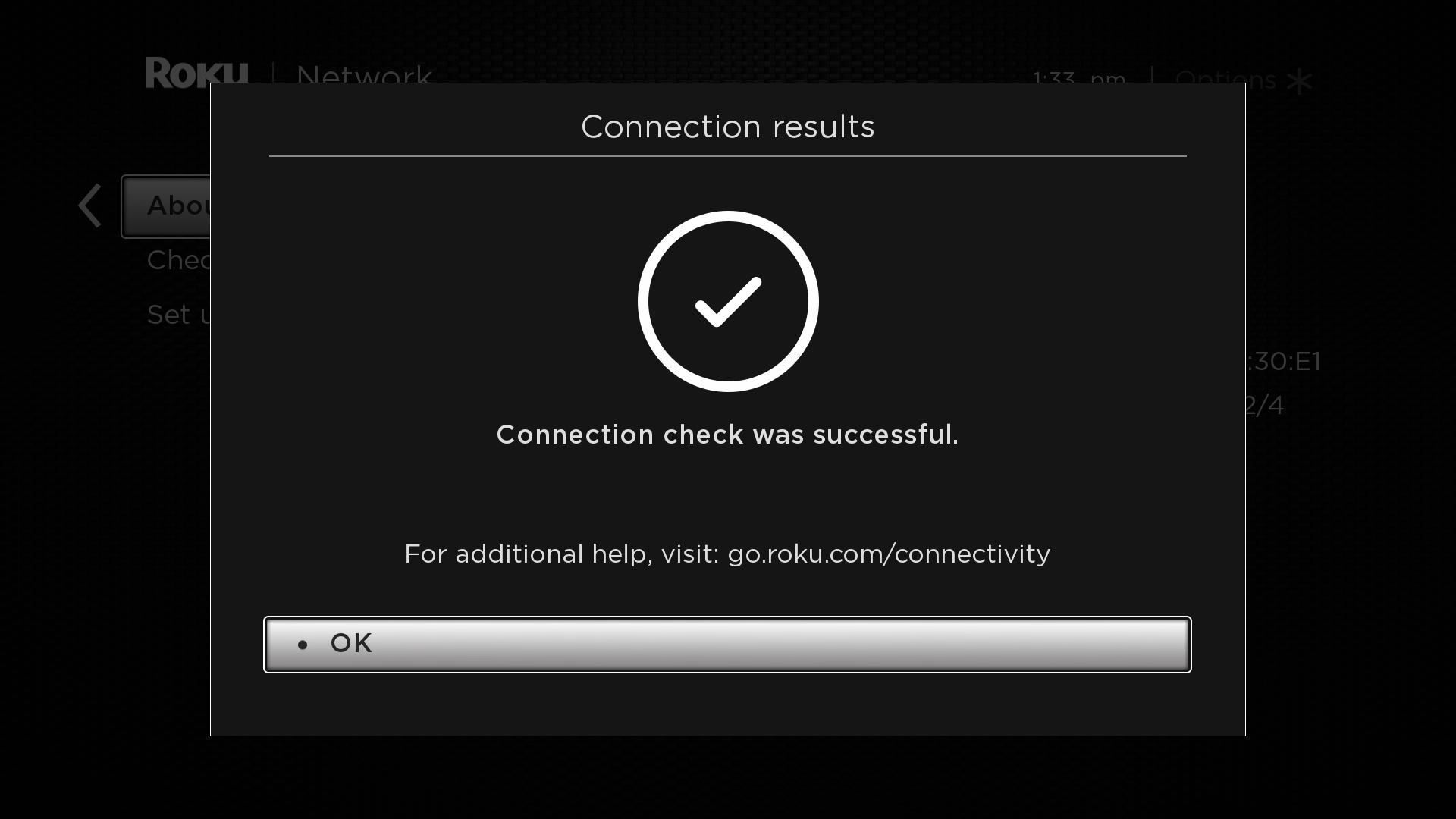



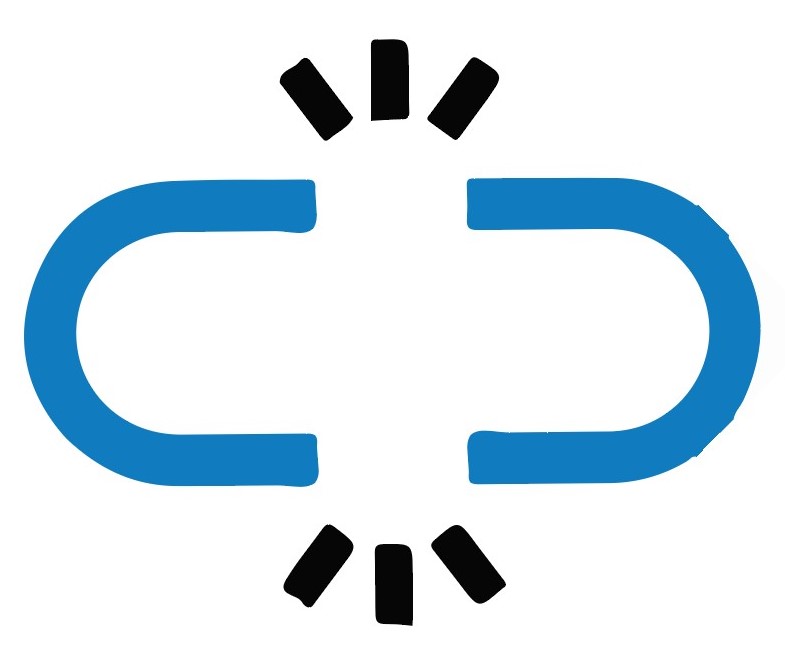





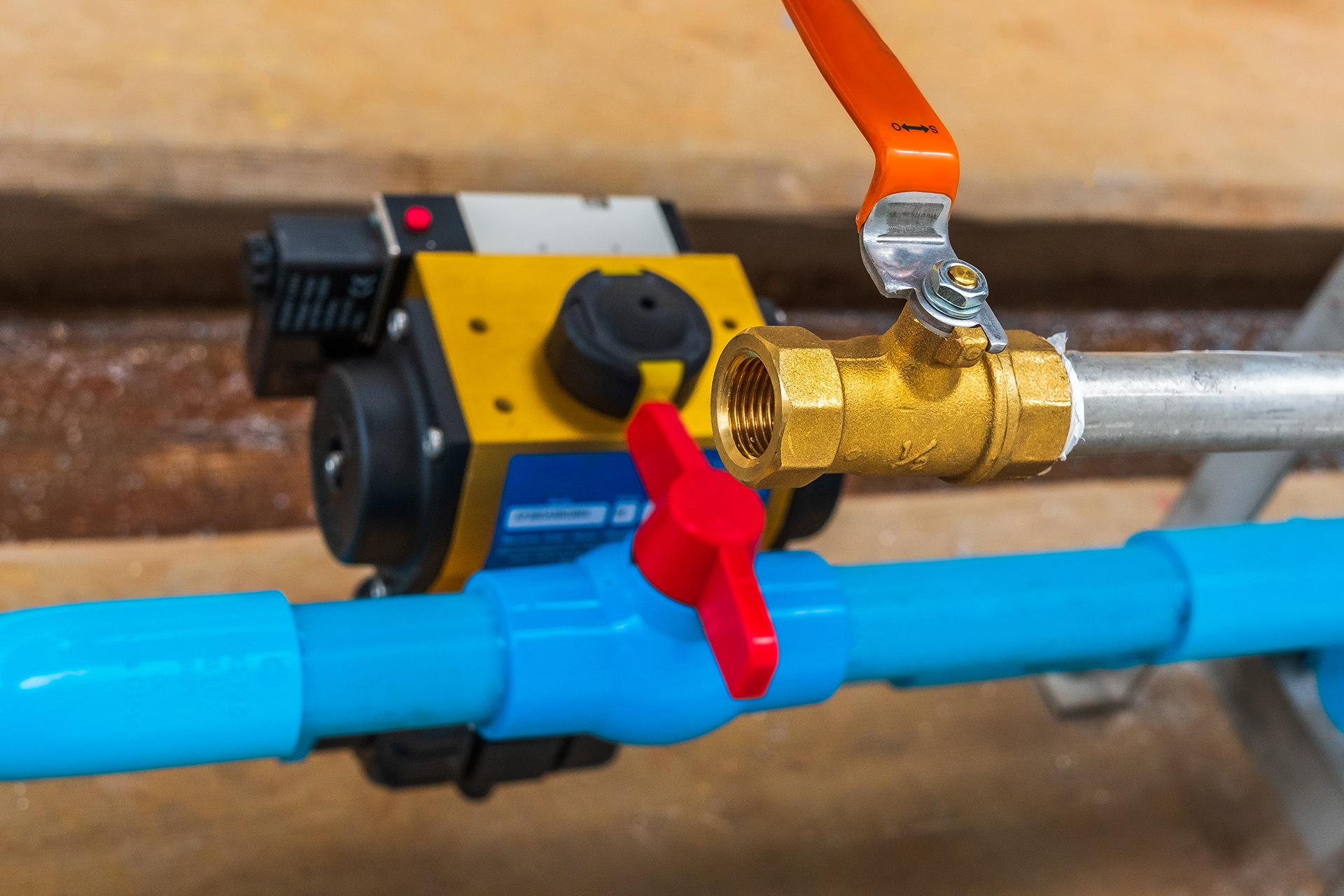
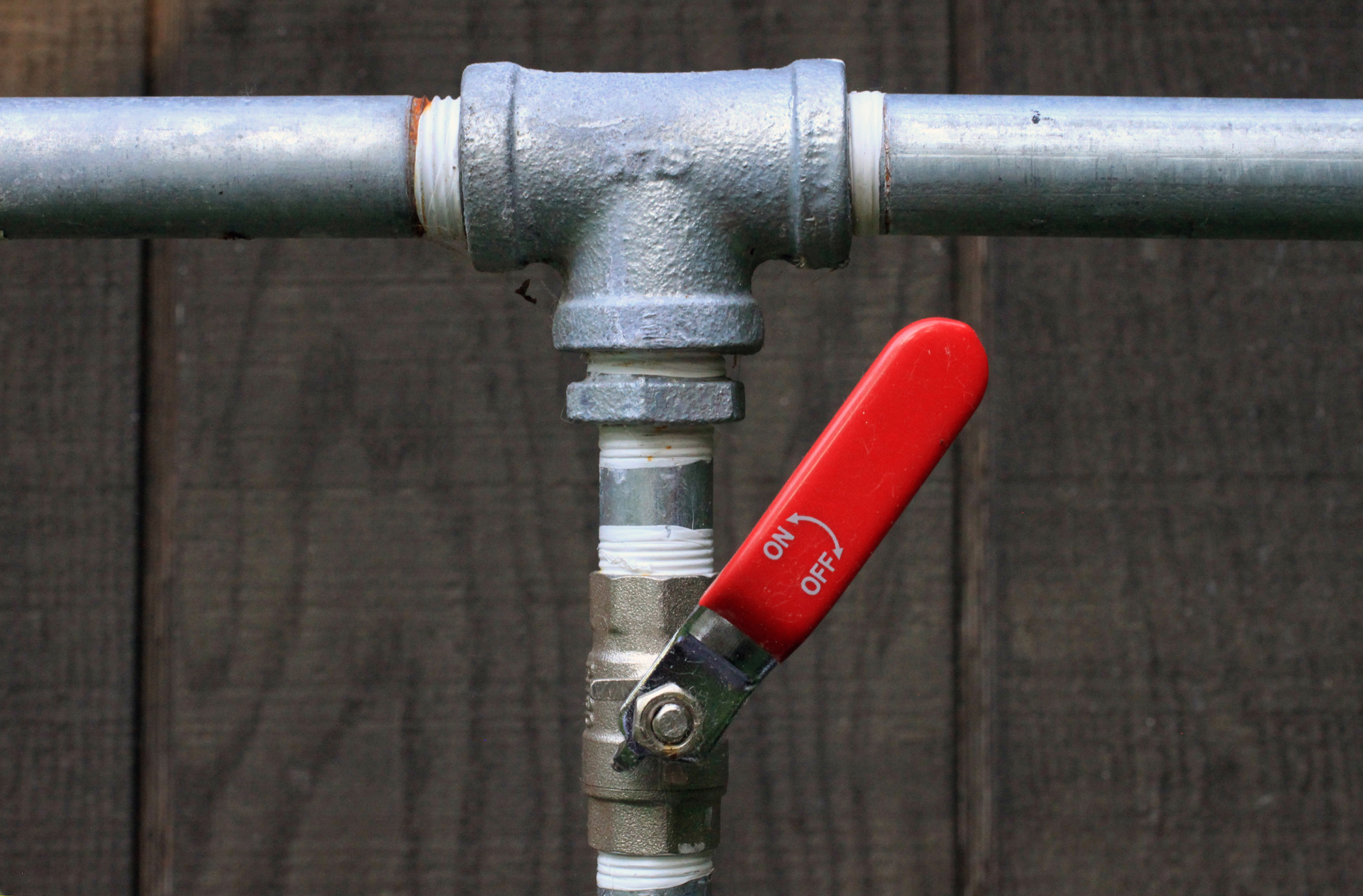


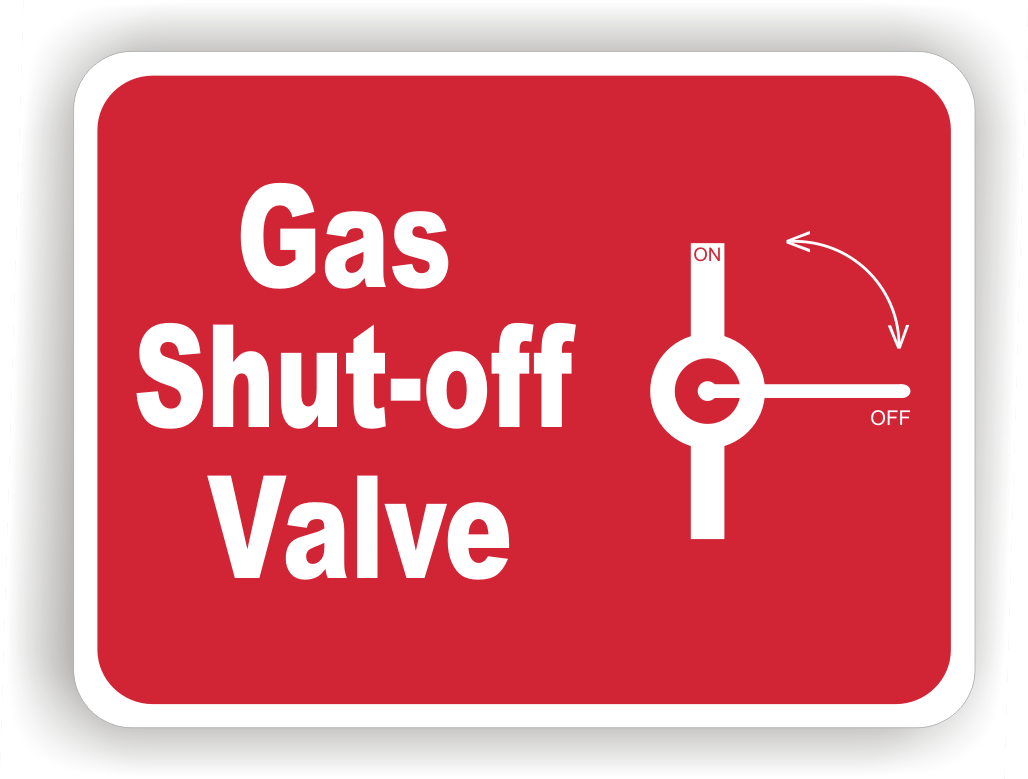

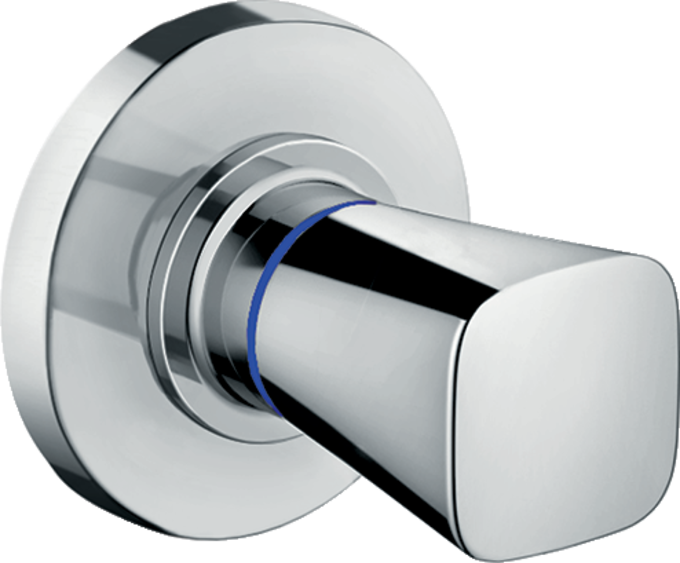
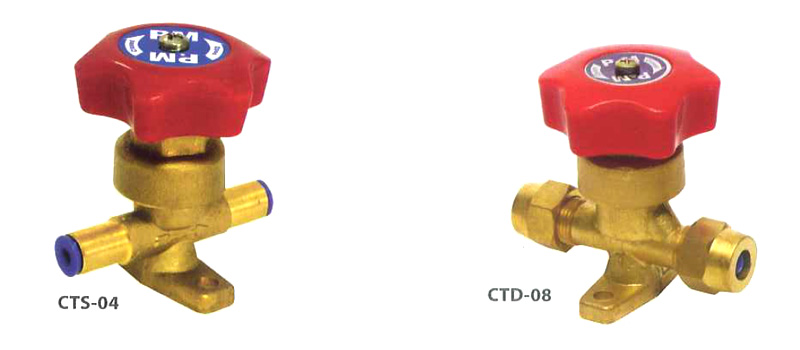

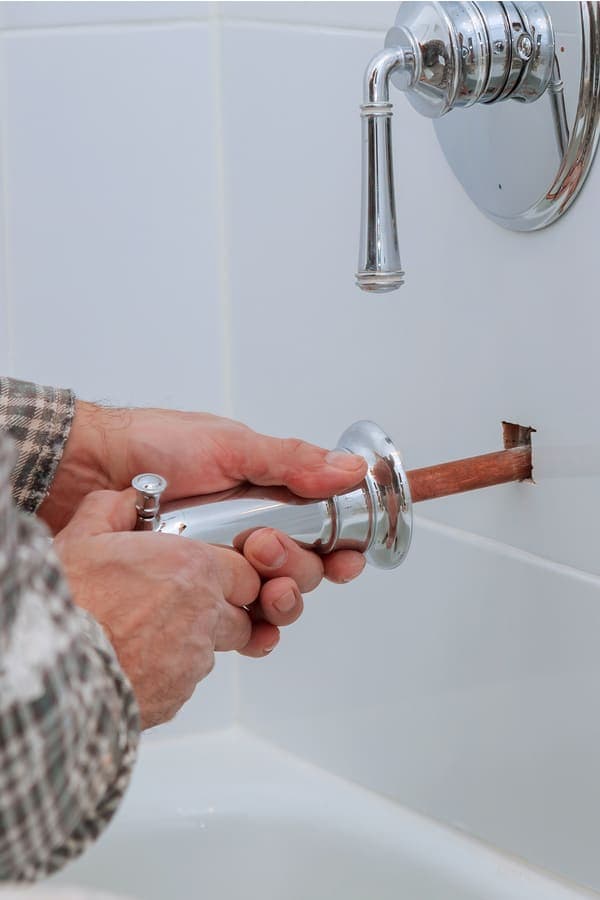


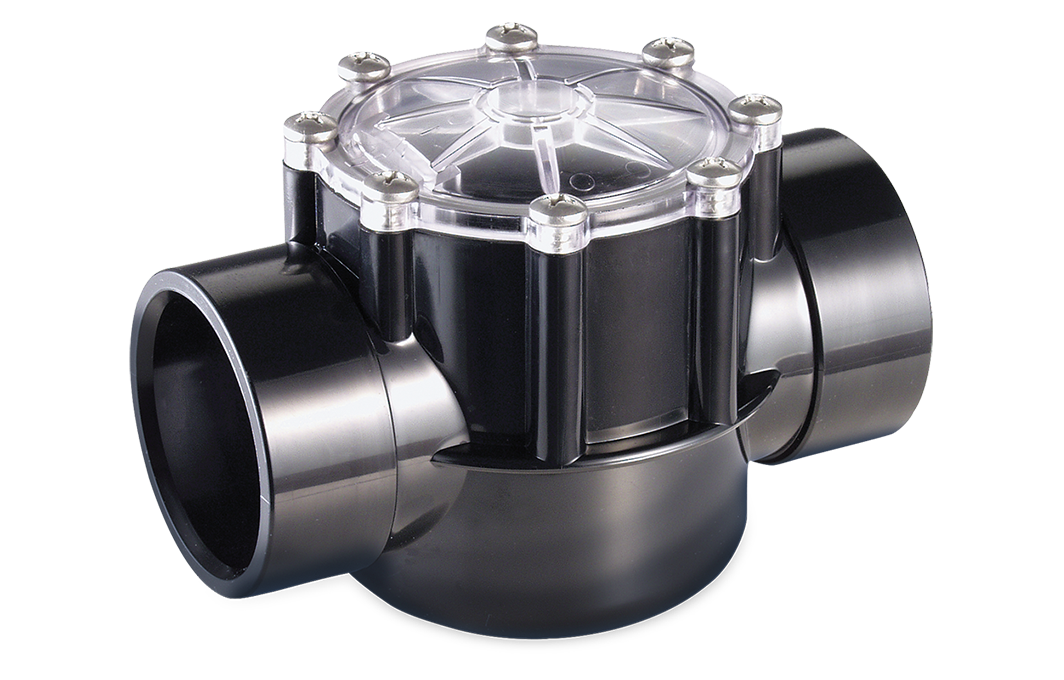
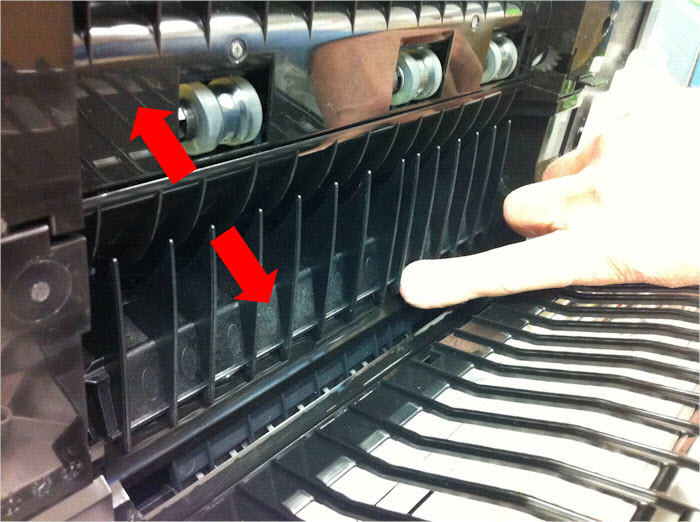
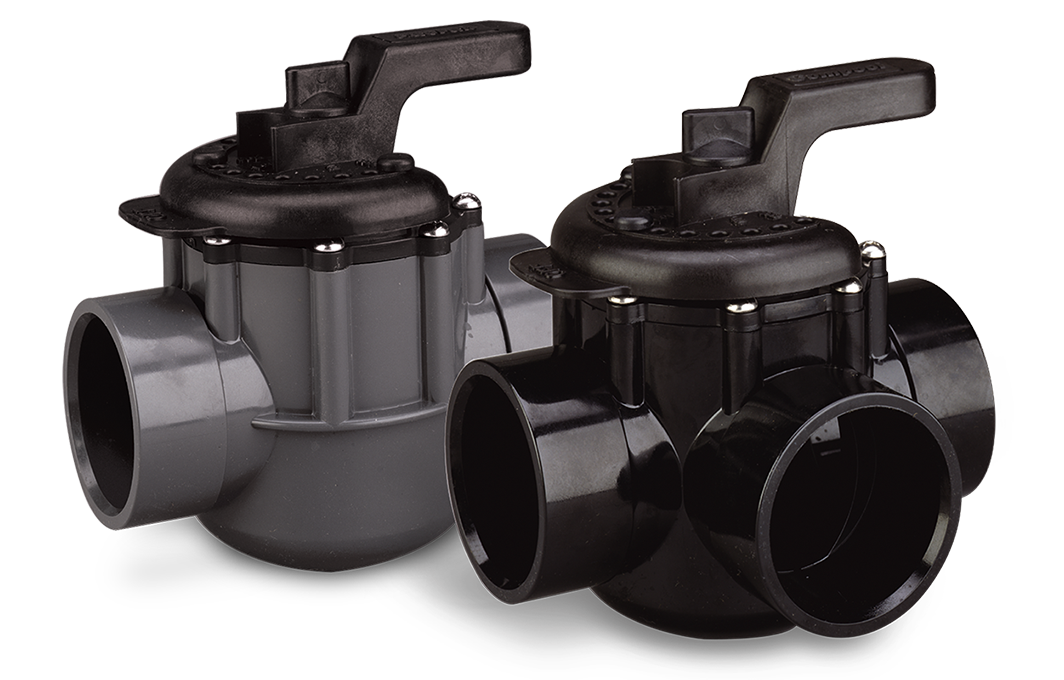






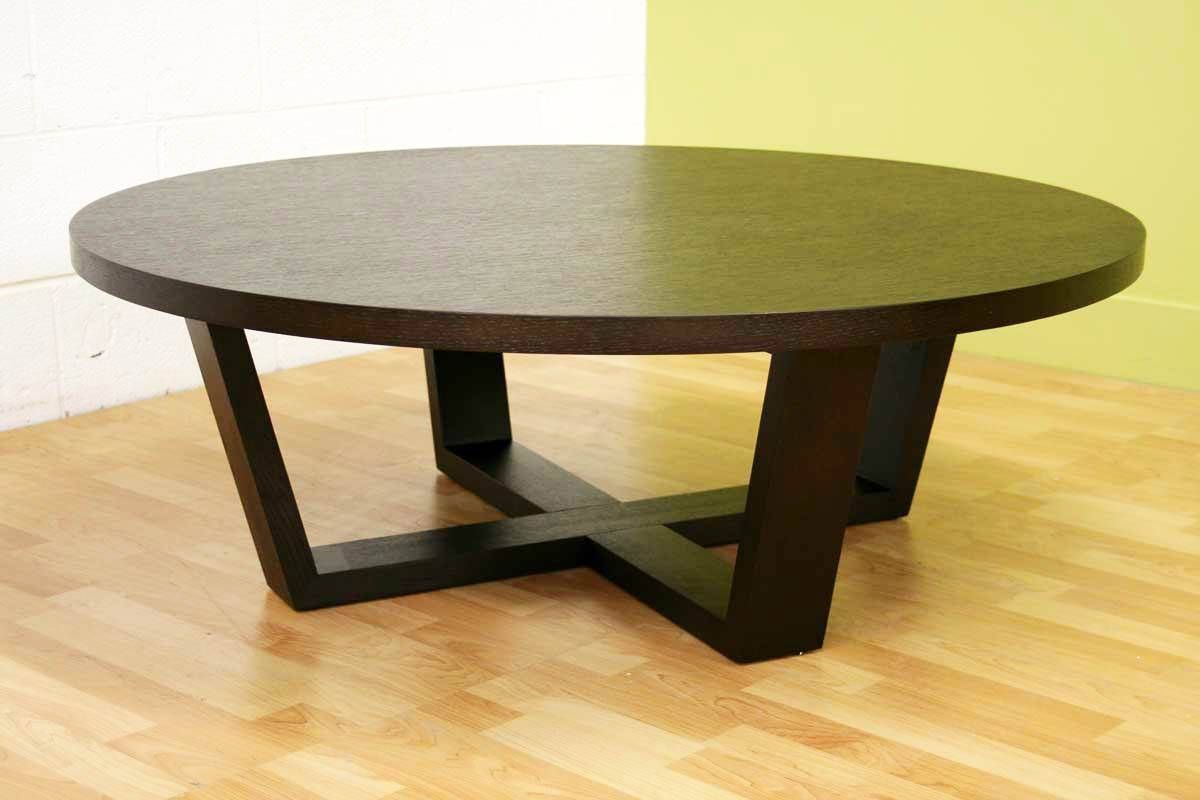




/Traditional-neutral-living-room-589fb4765f9b58819cb46c02.png)
